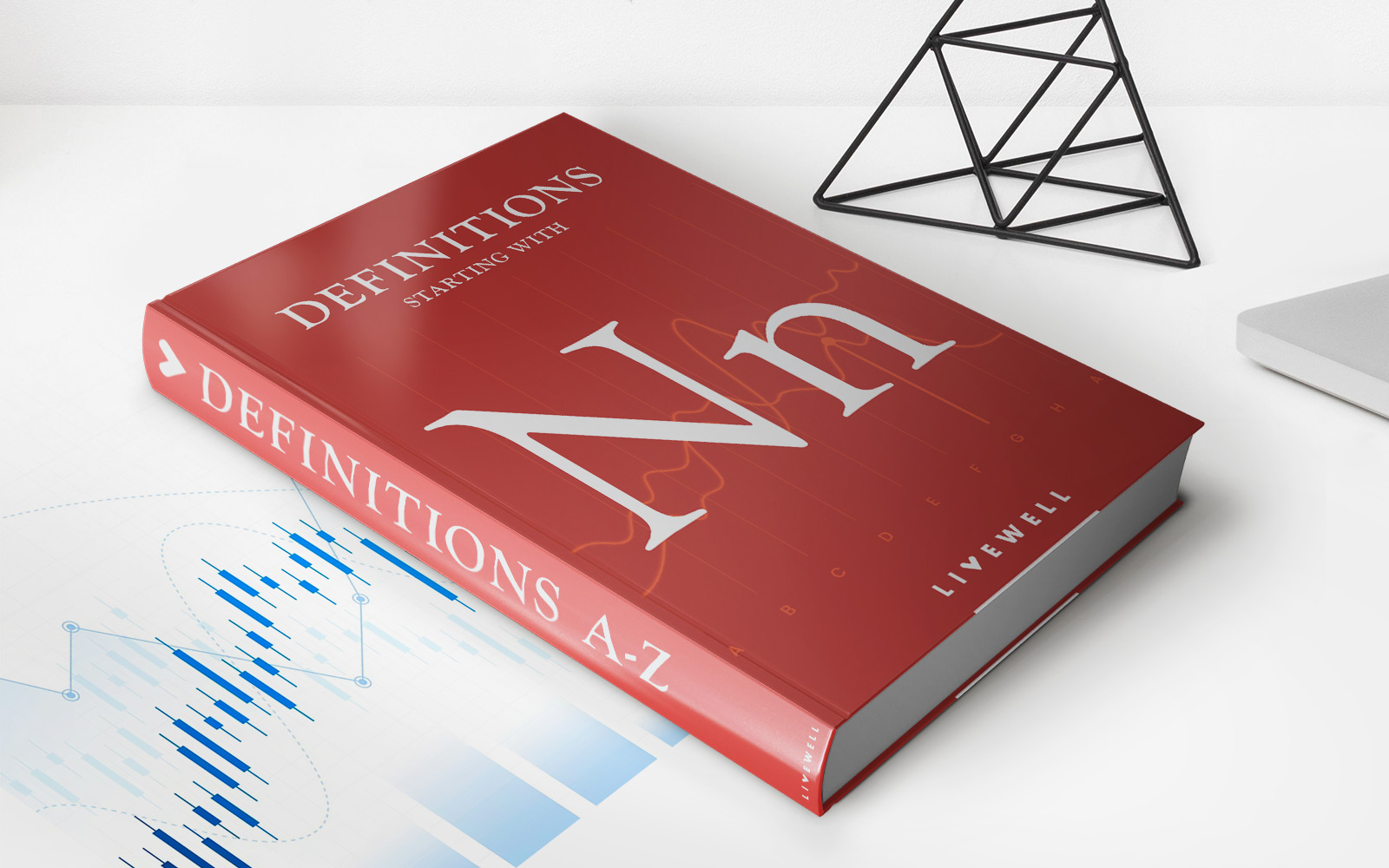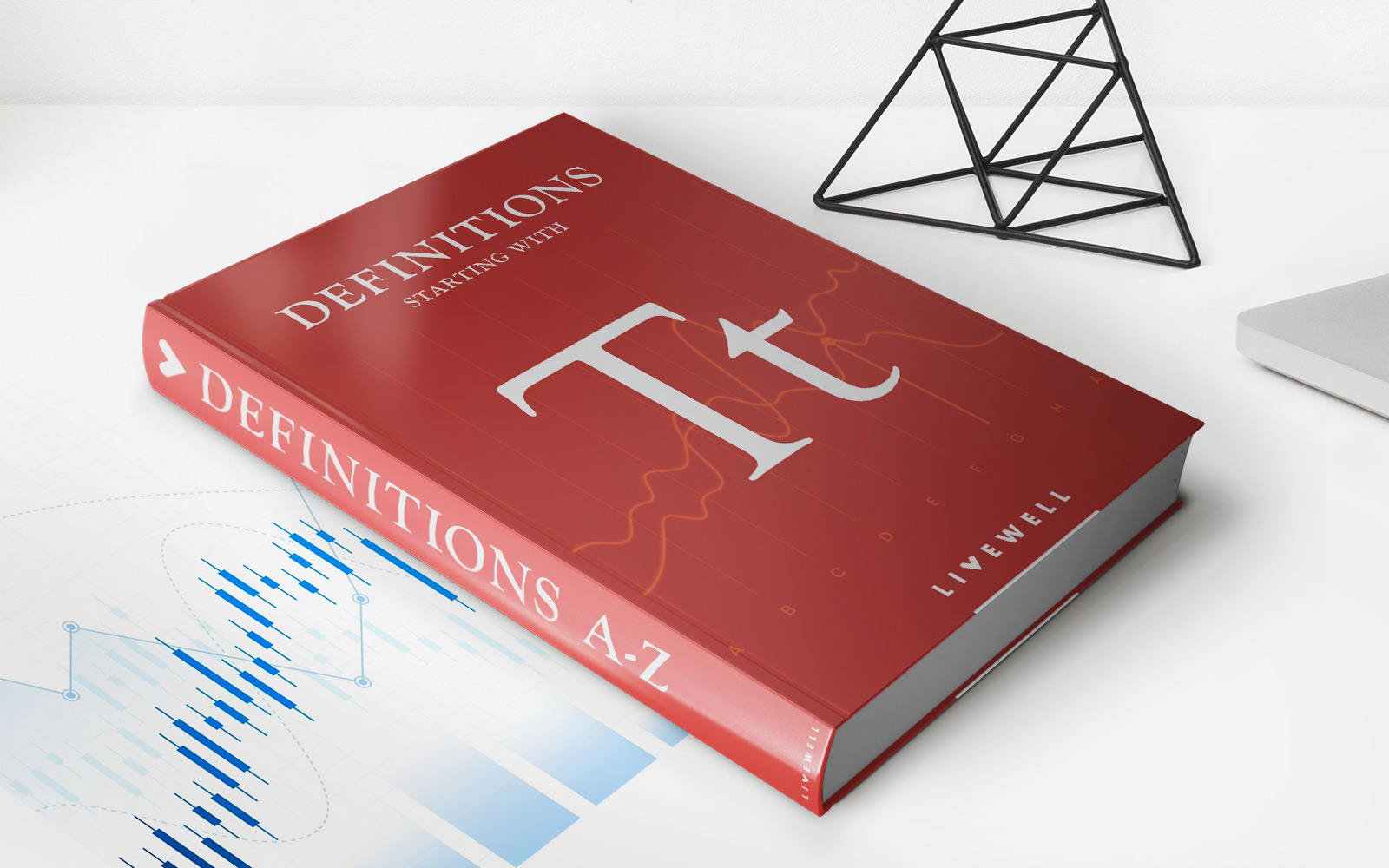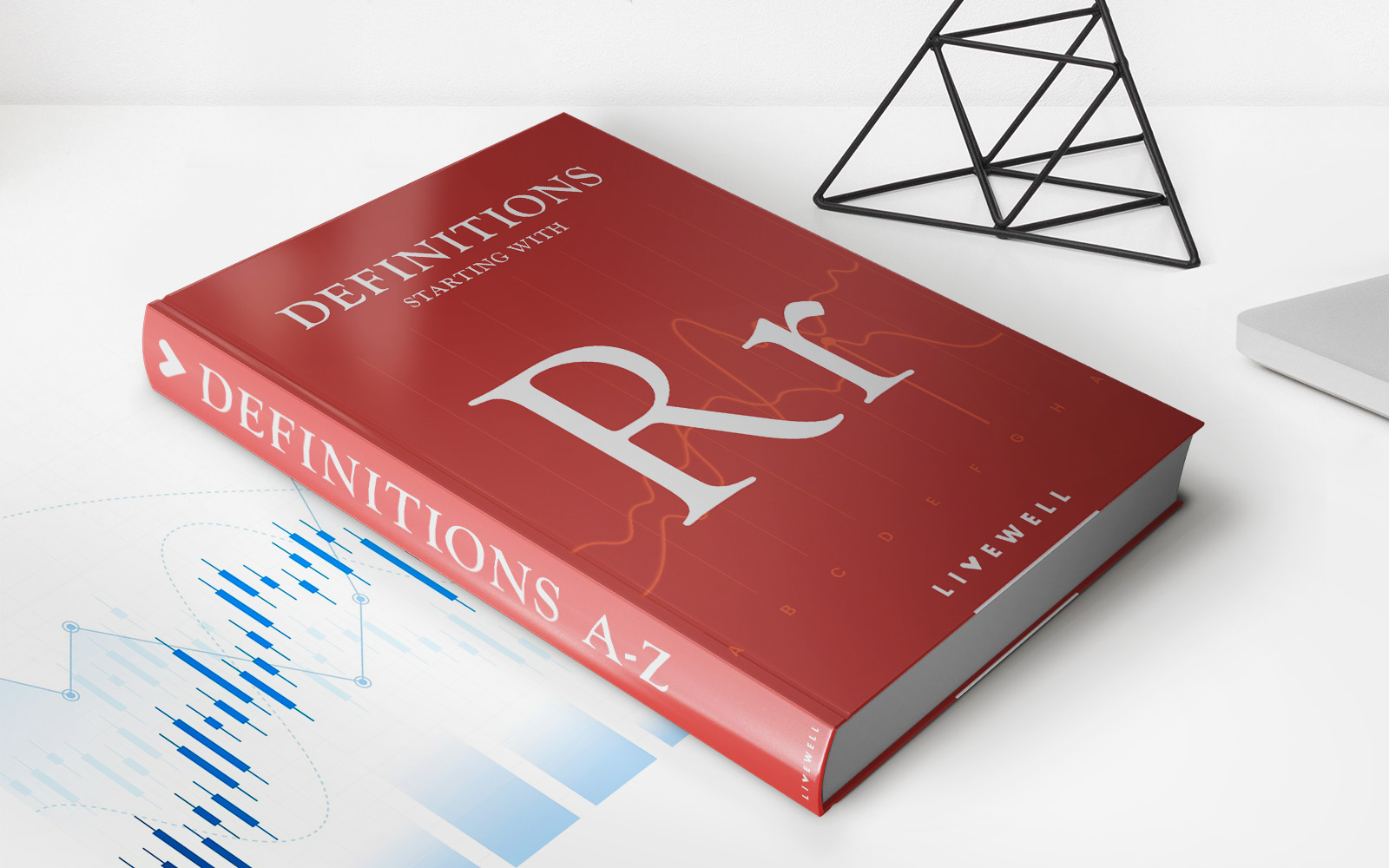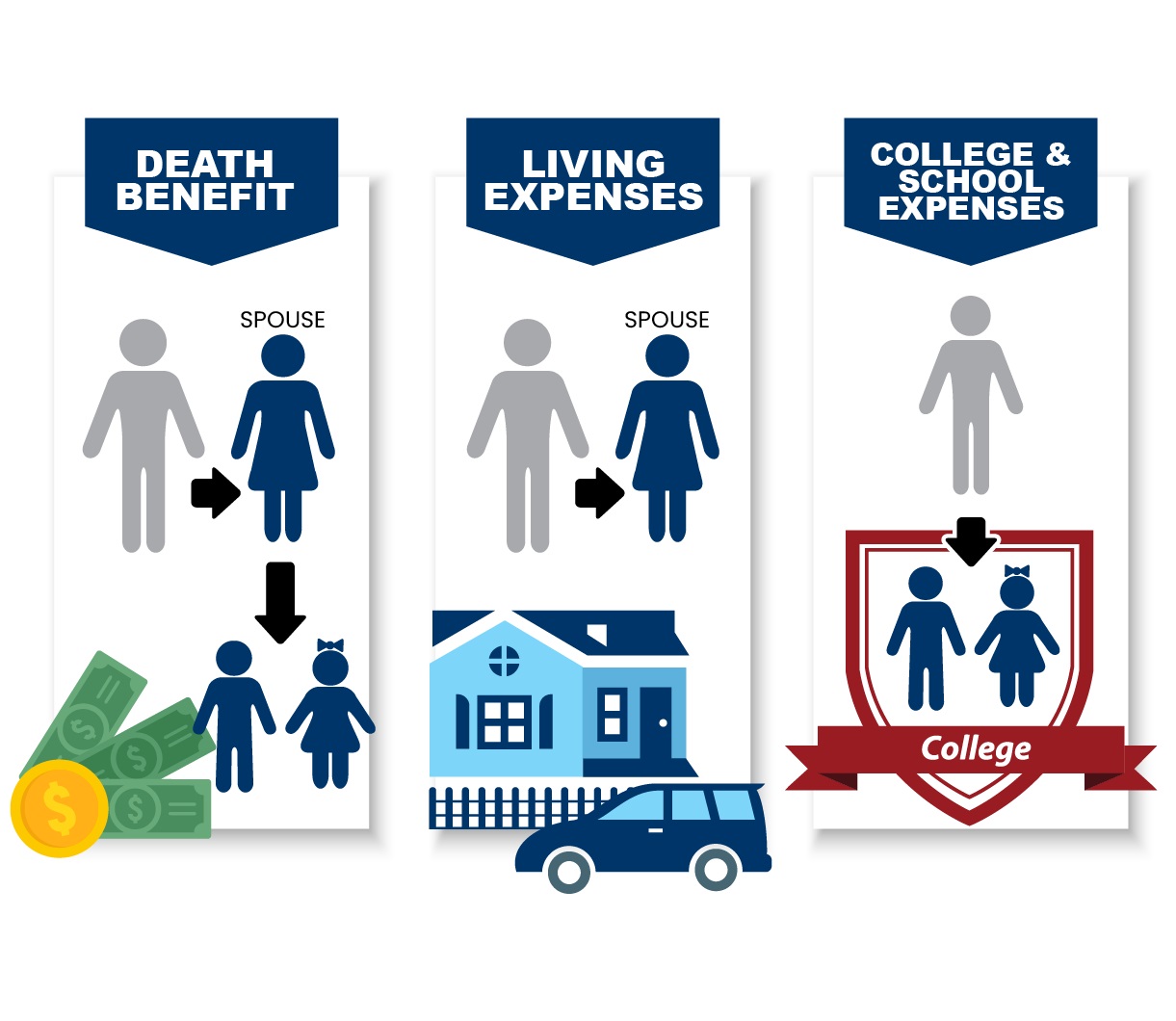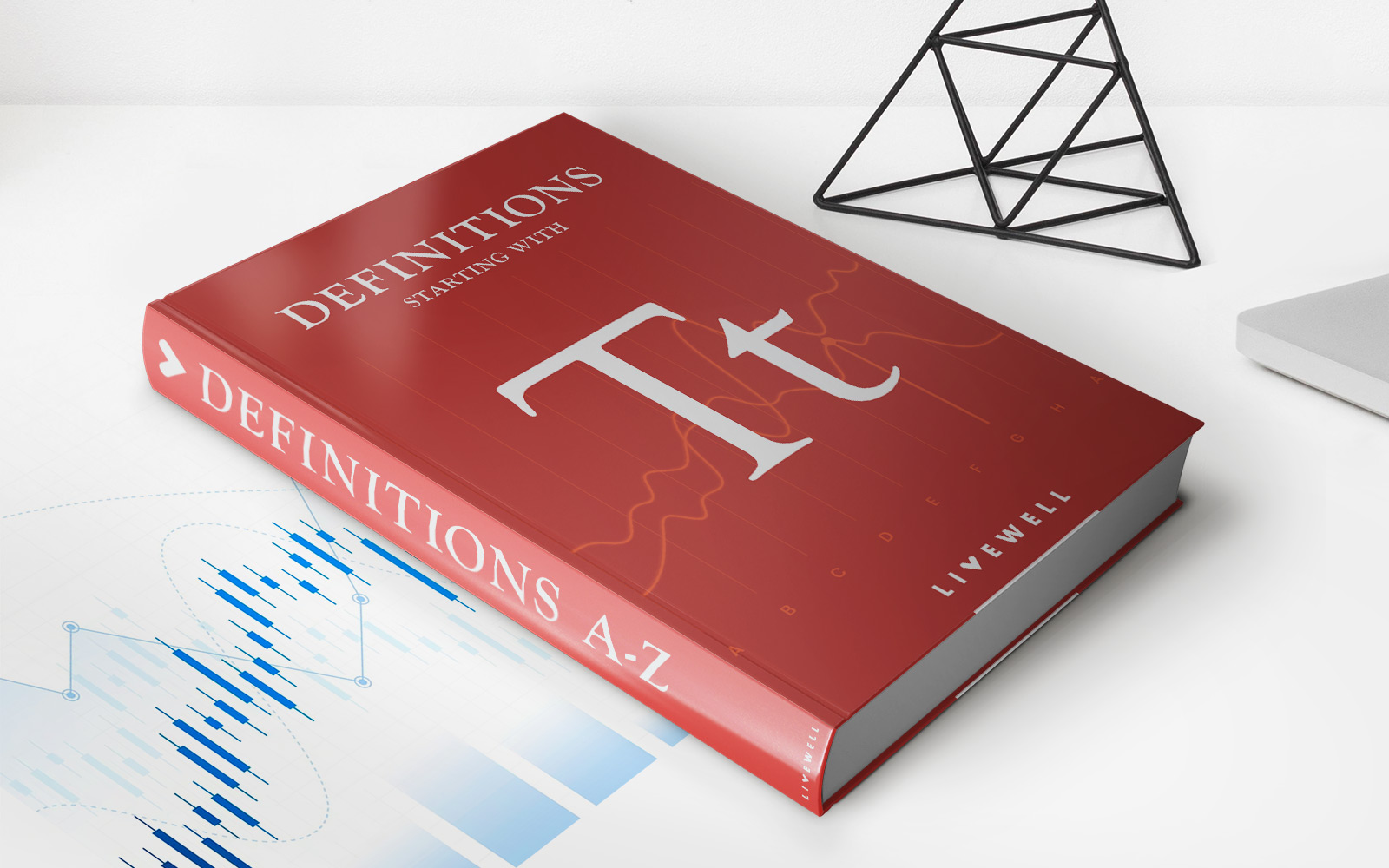Home>Finance>American Opportunity Tax Credit (AOTC): Definition And Benefits
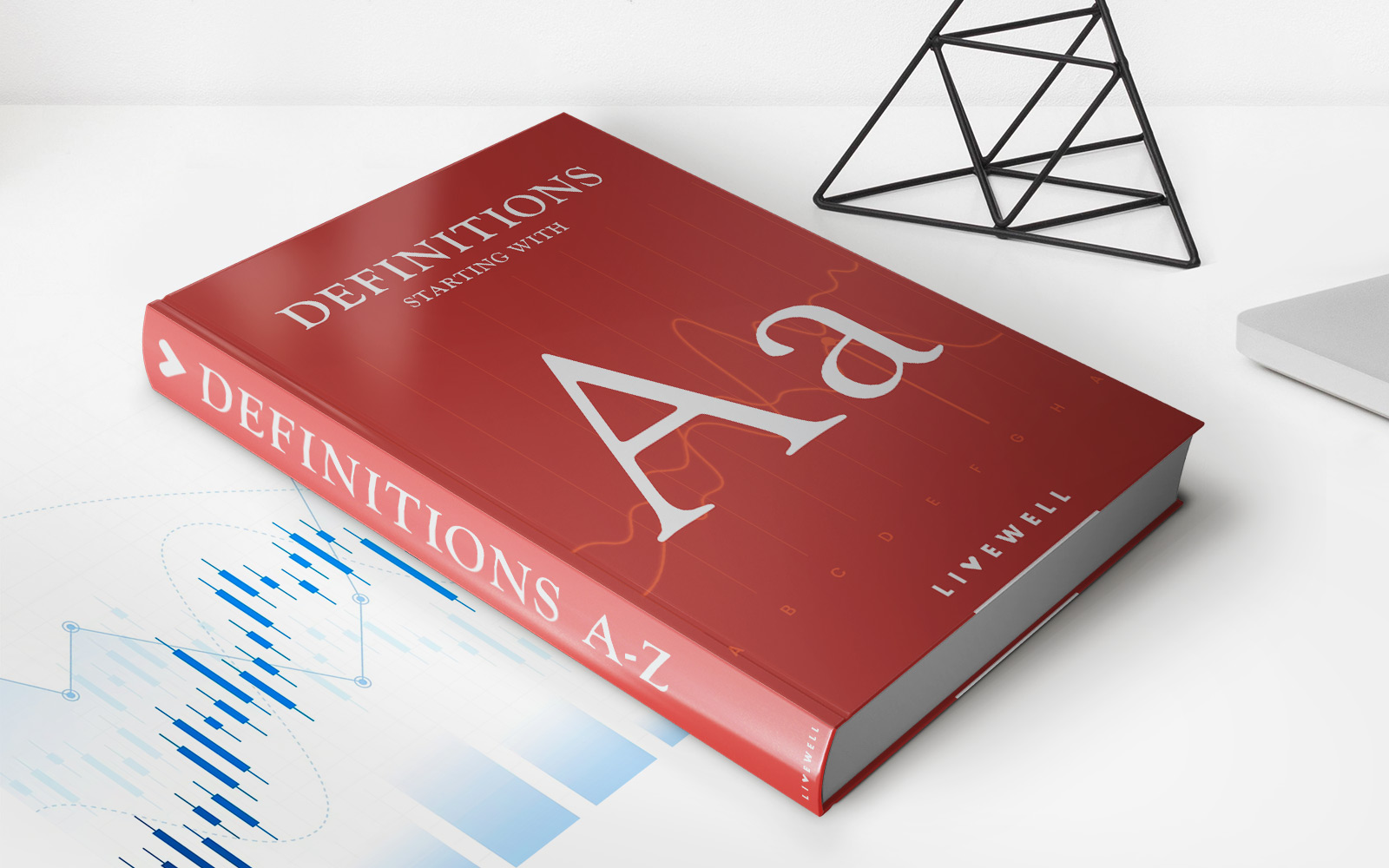

Finance
American Opportunity Tax Credit (AOTC): Definition And Benefits
Modified: February 21, 2024
Learn about the American Opportunity Tax Credit (AOTC) and its financial benefits. Maximize your finance opportunities with this tax credit.
(Many of the links in this article redirect to a specific reviewed product. Your purchase of these products through affiliate links helps to generate commission for LiveWell, at no extra cost. Learn more)
American Opportunity Tax Credit (AOTC): Definition and Benefits
In today’s ever-changing financial landscape, it is essential to stay informed about the various tax credits and deductions available to individuals and families. One such credit that can significantly impact your financial situation is the American Opportunity Tax Credit (AOTC). In this blog post, we will explore the definition and benefits of AOTC, helping you understand how it can positively affect your finances.
What is the American Opportunity Tax Credit (AOTC)?
The American Opportunity Tax Credit (AOTC) is a tax credit provided by the Internal Revenue Service (IRS) to assist families and students in managing the high costs associated with education. It is specifically designed to alleviate the financial burden of qualified education expenses, such as tuition fees, textbooks, and other required course materials.
Key Takeaways:
- AOTC is a tax credit offered by the IRS to ease the financial burden of education expenses.
- The credit covers 100% of the first $2,000 and 25% of the next $2,000 spent on qualified education expenses.
Benefits of the American Opportunity Tax Credit:
The AOTC provides several benefits that can greatly impact your financial situation. Here are some of the key advantages:
- Financial Relief: Education expenses can be overwhelming, but with AOTC, you can receive up to $2,500 of tax credit per eligible student, reducing your tax liability on a dollar-for-dollar basis. This credit can be a game-changer when it comes to financing education.
- Expanded Eligibility: Unlike its predecessor, the Hope Credit, which only applied to the first two years of post-secondary education, the AOTC can be claimed for the first four years of post-secondary education. This extended eligibility period provides students and families with additional opportunities to benefit from the credit.
- Refundable Credit: Up to 40% of the AOTC is refundable, meaning if the credit exceeds your tax liability, you may receive a refund of up to $1,000 per eligible student. This refundable nature makes the AOTC even more advantageous for those who might not have substantial tax liabilities.
- Expanded Qualified Expenses: The AOTC covers not only tuition fees but also required course materials, textbooks, and equipment necessary for enrollment or attendance at an eligible educational institution. This broad definition of qualified expenses allows you to utilize the credit for various education-related costs.
- Income Phaseout Threshold: The AOTC offers a generous income phaseout threshold, allowing individuals with a modified adjusted gross income (MAGI) of up to $90,000 ($180,000 for married couples filing jointly) to claim the full credit. Even if your income exceeds these limits, you may still be eligible for a partial credit.
Understanding and taking advantage of the American Opportunity Tax Credit can greatly impact your financial situation, particularly if you or your dependent is pursuing higher education. Remember to consult with a qualified tax professional or use IRS resources to ensure eligibility and maximize your benefits.


